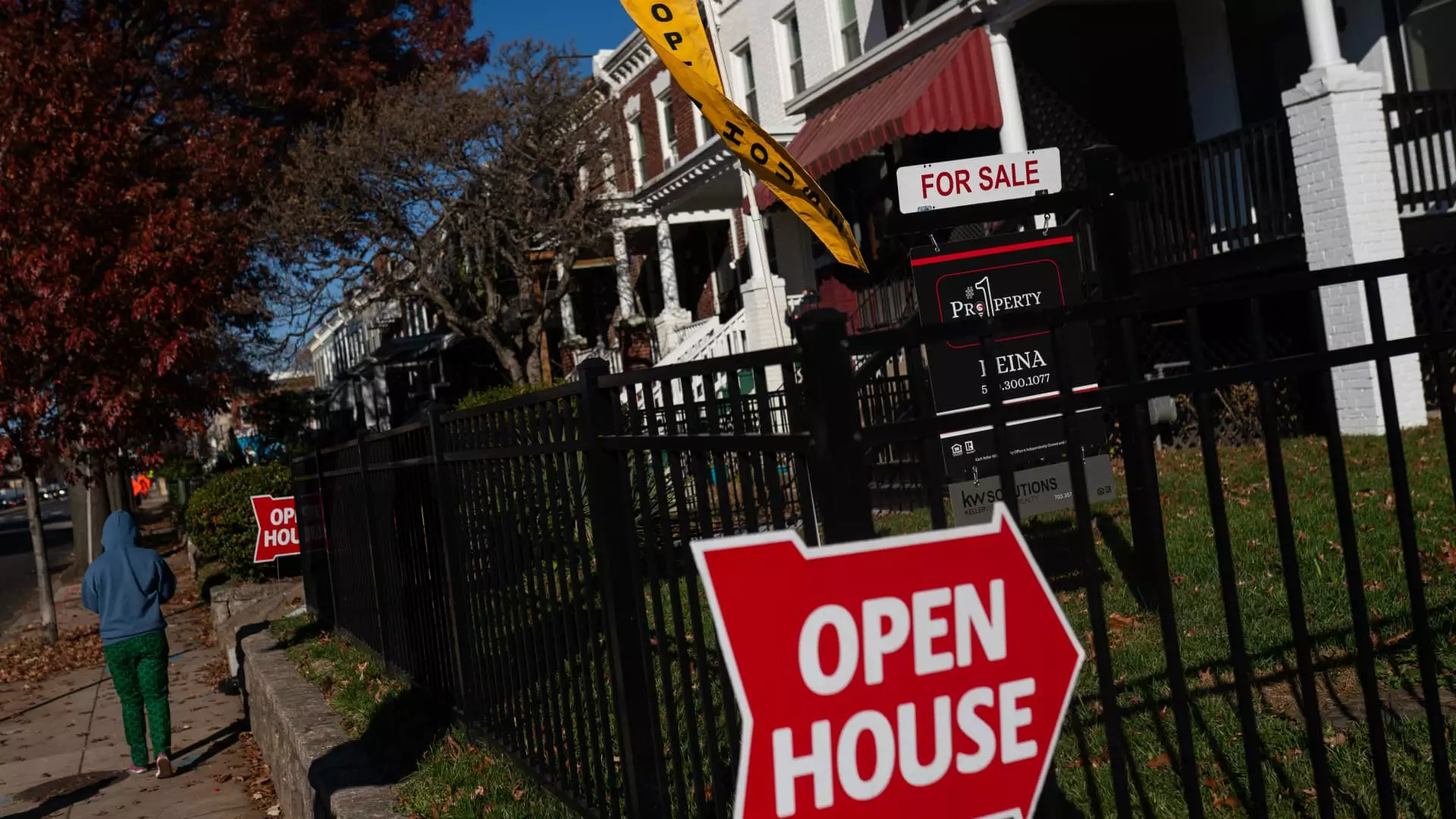Maryland Governor Wes Moore’s life narrative is nothing short of compelling. However, his experiences also expose a systemic issue that persists in America: the growing divide in homeownership opportunities. At just eight years old, Moore’s mother sought military school as a corrective measure for his behavior, a choice born not out of a want for discipline but out of desperation. By the time he was thirteen, financial barriers delayed his entrance into that military school—barriers that many families face today when it comes to affordable housing. All too often, the story of an individual’s success is tied closely to the support of family and community, revealing how intergenerational assistance can bridge the gap between aspirations and reality. In Moore’s case, his grandparents sacrificed their American dream, illustrating the profound implications that housing has on one’s future.
The Elusive American Dream and Housing Costs
Governor Moore emphasizes that housing is more than a mere shelter; it embodies security, investment, and opportunity. Yet, for many young Maryland residents, the prospect of homeownership feels increasingly unattainable. High housing costs are driving 30% of these individuals to contemplate leaving the state—an alarming indicator of disillusionment with the American dream. This isn’t just a concern within Maryland; it’s a nationwide epidemic. Research from the Joint Center for Housing Studies of Harvard University reveals a significant trend: the rise in cost-burdened renters, those who allocate more than 30% of their income toward rent and utilities, has reached its pinnacle.
Thus, younger generations look towards the past with envy, convinced that their parents enjoyed a more accessible housing landscape. Data corroborates this sentiment; between 1980 and today, median home prices have surged at a rate far outpacing median household incomes. Alarmingly, reports indicate that those in the 35- to 44-year-old demographic now demonstrate a lower homeownership rate compared to their counterparts 45 years ago. This trend correlates with broader sociocultural shifts, including a decline in household formation rates, suggesting that the dream of stability through homeownership is slipping through the fingers of many families.
Wealth Generation Hindrances Among Young Adults
The implications of diminishing homeownership rates extend beyond immediate housing stability. Jun Zhu from the Urban Institute identifies the critical link between homeownership and wealth accumulation. Owning a home cultivates opportunities for equity growth, often considered a fundamental avenue for wealth generation. Yet, as the data shows, it’s predominantly lower-income adults who are experiencing the steepest declines in homeownership.
Worse yet, systemic barriers like educational disparities and marital status are compounding the challenges faced by these individuals. The reality reveals that married couples, who are typically more likely to own homes, are far less common among the lower-income population. This fact underscores the need for comprehensive approaches to address the housing crisis that interfere with the traditional pathways to wealth. The fact that education stands as an obstacle further exacerbates the inequality: a smaller fraction of low-income individuals holds college degrees, limiting their access to better job prospects and, consequently, homeownership.
The Persisting Racial Divide in Homeownership
Housing inequality does not discriminate; it thrives on racial lines. While the overall landscape of homeownership has become grim, 2023 statistics from the National Association of Realtors expose a stark racial imbalance. Black homeownership has made slight gains yet remains at a mere 44.7%, a figure that lags significantly behind the white homeownership rate of 72.4%. The marginal improvements in Black homeownership stem primarily from rising wage growth and the positioning of younger individuals in their prime homebuying years. However, these gains are inadequate for closing the gap and indicate a systemic inertia that continues to oppress marginalized communities.
The inequities manifest not just in numbers but in lived experiences. A significant portion of Black families remains confined to rentals, hampering their chances to accumulate wealth over generations. The failure of society to recognize and rectify these disparities calls for urgent policy changes aimed at easing these inequalities—ranging from educational programs for low-income households, down payment assistance, and looser zoning laws to stimulate housing production.
The Path Forward: Policy as a Catalyst for Change
Given the breadth of these challenges, a philosophical shift in policy-making is needed. Enacting meaningful reforms can facilitate stronger pathways to homeownership, fostering an environment where the American dream is genuinely accessible for all. The emphasis should be on educational initiatives that empower households with financial literacy, down payment assistance programs that alleviate upfront costs, and legislative efforts that encourage inclusive housing production. The voice of those like Wes Moore is crucial, as they reflect the intersections of lived experience and systemic truth, catalyzing the change our society desperately needs to harness a progressive future.
In a society where economic mobility is increasingly tied to homeownership, it’s time for us to reassess our values and push for a housing landscape that enables everyone to dream, achieve, and pass on their legacy without the looming barrier of affordability.

